Spinach, a leafy green vegetable revered for its versatility and nutritional richness, is a cornerstone of global cuisines. When prepared as a cold dish, such as a refreshing salad or side, blanching—a cooking technique involving brief boiling followed by rapid cooling—is often employed to soften its texture, enhance its vibrant color, and mellow its slightly astringent flavor. Yet, the critical question for home cooks and culinary enthusiasts alike remains: How long should spinach be boiled for a cold dish to achieve the ideal balance of tenderness and crispness? This article delves into the science and craft of blanching spinach, exploring optimal cooking times, techniques, and tips to elevate your cold spinach preparations.
The Science of Blanching: Why Timing Matters
Blanching serves dual purposes: it softens the cell walls of vegetables through heat, making them more palatable, and it halts enzyme activity that can lead to spoilage or loss of color, flavor, and nutrients. Spinach, like many leafy greens, contains enzymes that degrade chlorophyll (responsible for its green hue) and vitamins when exposed to air or heat over time. By submerging spinach in rapidly boiling water for a precise duration, cooks can neutralize these enzymes while preserving the vegetable’s vibrant appearance and nutritional integrity.
However, overcooking spinach—even by a minute—can transform its delicate leaves into a mushy, olive-drab mass. Conversely, undercooking leaves them fibrous and unappetizing. Striking the right balance hinges on understanding the variables at play: the type of spinach (baby vs. mature), the quantity being cooked, and the desired final texture.
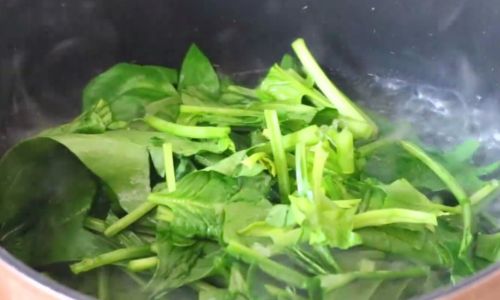
Optimal Blanching Time for Cold Spinach Dishes
The general rule for blanching spinach is 1–3 minutes, depending on the leaf size and freshness. Here’s a breakdown:
- Baby Spinach: Due to its tender leaves, baby spinach requires only 1–1.5 minutes of blanching. The leaves will wilt slightly but retain a bright green color and a subtle crunch.
- Mature Spinach: Thicker, larger leaves need 2–3 minutes to soften adequately. Overcooking risks a soggy texture, so vigilance is key.
Key Factors Influencing Cooking Time:
- Leaf Thickness: Mature spinach has sturdier stems and veins, necessitating longer blanching.
- Quantity: Overcrowding the pot lowers water temperature, increasing cooking time. Cook in batches if needed.
- Altitude: At high elevations, water boils at lower temperatures, potentially extending blanching time.
Step-by-Step Guide to Blanching Spinach
Preparation
- Wash Thoroughly: Spinach often harbors grit. Soak leaves in cold water, agitate gently, and rinse repeatedly until the water runs clear.
- Trim Stems (Optional): While edible, thick stems may be removed for a smoother texture in salads.
Boiling Water
- Use a large pot (at least 4 quarts) to maintain a vigorous boil. Crowding the pot slows heating and cooking.
- Add 1 tablespoon of salt per quart of water. Salt enhances flavor and helps retain color by firming the cell walls.
Blanching Process
- Timing is Critical: Once the water reaches a rolling boil, add the spinach. Stir gently to ensure even cooking.
- Monitor Closely: Leaves will transition from vibrant green to a duller shade when cooked. For cold dishes, aim to stop cooking just before this color shift to preserve crispness.
Shocking in Ice Water
- Immediately transfer blanched spinach to an ice bath (a bowl of water with ice cubes). This halts cooking, locks in color, and cools the leaves rapidly for cold dishes.
- Soak for 1–2 minutes, or until completely chilled.
Draining and Drying
- Drain spinach in a colander, gently pressing to remove excess water. For salads, pat dry with a clean kitchen towel to prevent dilution of dressings.
Common Mistakes to Avoid
- Overcrowding the Pot: This lowers water temperature, leading to uneven cooking and a loss of vibrant color.
- Skipping the Ice Bath: Allowing spinach to cool naturally results in overcooked, limp leaves.
- Underseasoning the Water: Salt is not merely for flavor—it aids in color retention and texture.
- Ignoring Leaf Variety: Treating baby spinach and mature spinach identically can yield inconsistent results.
Creative Variations and Serving Ideas
Blanched spinach’s mild flavor makes it a canvas for endless culinary experimentation:
- Classic Cold Salad: Toss with sesame oil, soy sauce, rice vinegar, and toasted sesame seeds.
- Mediterranean Twist: Mix with cherry tomatoes, cucumbers, feta cheese, and a lemon-olive oil dressing.
- Asian-Inspired Dishes: Combine with sliced mushrooms, shredded carrots, and a ginger-soy dressing.
- Protein Boost: Add grilled chicken, shrimp, or tofu for a hearty meal.
For a visually striking presentation, layer blanched spinach on a platter with thinly sliced radishes, avocado, and a drizzle of balsamic glaze.
Nutritional Benefits of Blanched Spinach
Blanching spinach offers a nutritional advantage over raw consumption in some respects. While heat-sensitive vitamins like vitamin C may diminish slightly, blanching:
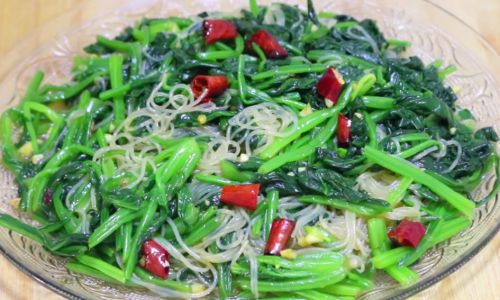
- Enhances Bioavailability: Heat breaks down oxalic acid, a compound that can inhibit the absorption of iron and calcium.
- Preserves Nutrients: The quick cooking time minimizes nutrient loss compared to prolonged boiling.
- Improves Digestibility: Softening fiber makes spinach easier on the stomach.
A 1-cup serving of blanched spinach provides over 20% of the daily recommended intake of vitamin A, 50% of vitamin K, and significant amounts of folate and magnesium.
Advanced Tips for Culinary Perfection
- Acidic Additions: A splash of lemon juice or vinegar in the blanching water can brighten flavor and color.
- Freezing for Later: Blanch spinach, shock, and freeze in airtight bags for up to 6 months. Thaw and use in cooked dishes.
- Herb Infusions: Add herbs like basil or mint to the blanching water for subtle flavor infusion.
- Texture Contrast: For salads, combine blanched spinach with raw arugula or watercress for a mix of textures.
Troubleshooting Guide
- Mushy Spinach: Reduce blanching time by 30 seconds next time. Ensure water is at a rolling boil before adding leaves.
- Dull Color: Check water pH—add a pinch of baking soda if your water is acidic. Avoid overcooking.
- Bitter Aftertaste: Blanching mellows bitterness, but very mature spinach may require longer cooking. Balance with sweet or acidic dressings.
Cultural Context: Spinach in Global Cold Dishes
Spinach’s adaptability shines in diverse cuisines:
- Italian: Insalata di Spinaci features blanched spinach with pine nuts, raisins, and a lemon dressing.
- Japanese: Horenso no Gomaae blanches spinach and tosses it with a sesame-soy dressing.
- Indian: Palak Chaat combines blanched spinach with spiced chickpea flour and yogurt.
Conclusion: The Alchemy of Precision
Blanching spinach for cold dishes is a culinary alchemy where seconds matter. Mastering the technique—understanding leaf maturity, monitoring heat, and executing the ice bath—transforms a simple green into a dish of elegance. Whether you’re crafting a refreshing summer salad or a sophisticated appetizer, the key lies in respecting the delicate balance between heat and time. Experiment, taste, and refine your approach, and soon, blanching spinach will become second nature, a testament to the joy of cooking with precision and intention.
By adhering to the guidelines of precise timing, attentive preparation, and creative flair, even the humblest bunch of spinach can ascend to culinary stardom. The next time you stand at the stove, timer in hand, remember: you’re not merely boiling leaves—you’re orchestrating a symphony of flavor, texture, and nutrition.


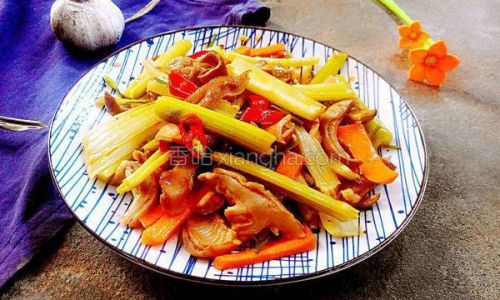
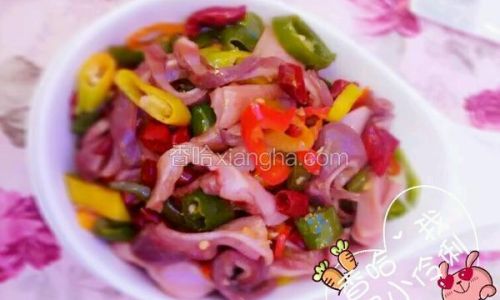
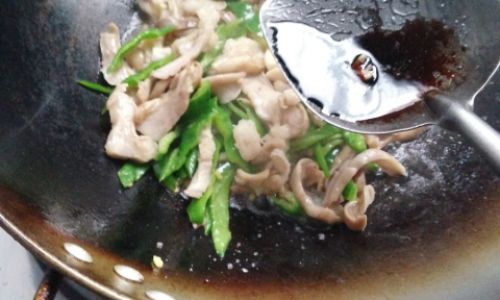
0 comments